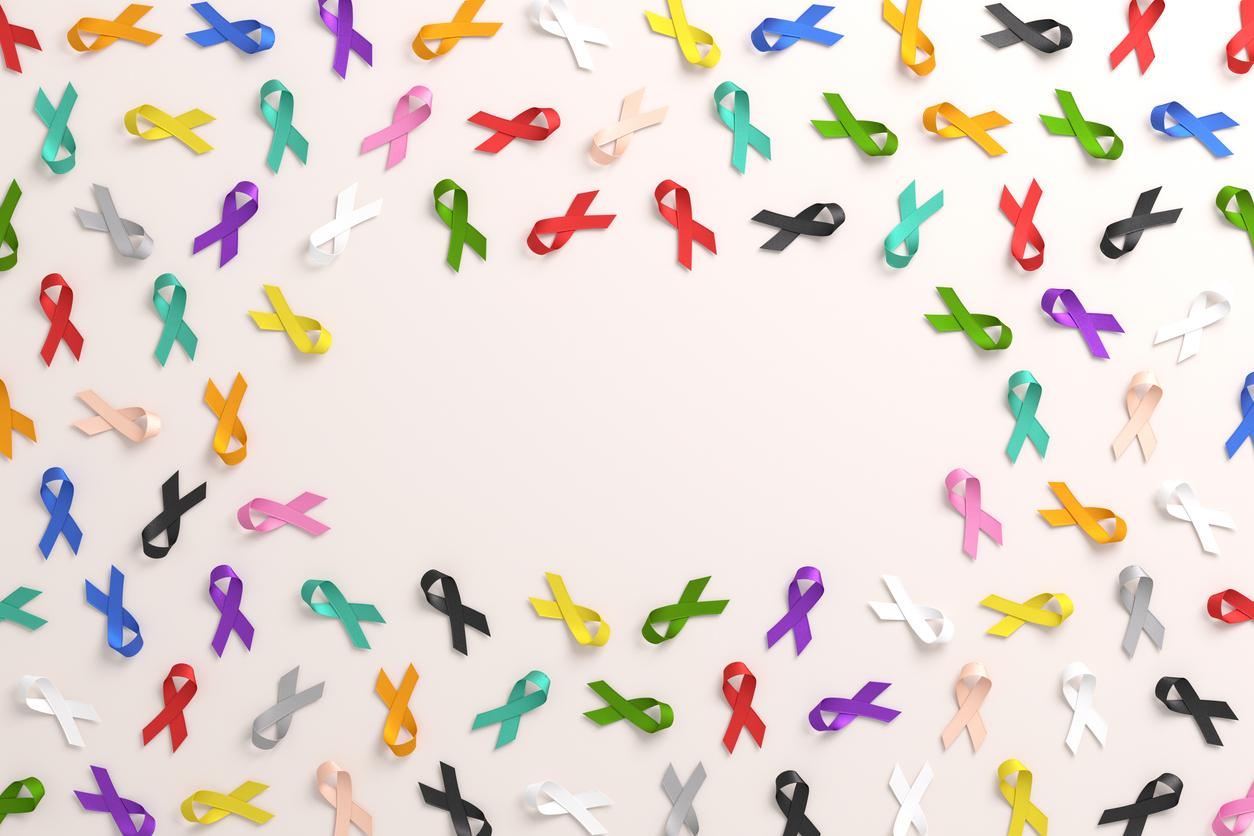If cancers are better and better taken care of today, with a cure rate of more than one in two in France and the objective of this being three out of four in 2030, the fact remains that t is complex for a practitioner, when he is considering setting up a treatment, to predict how the person he is treating will react to it. Because if the psychological dimension can be taken into account, it is above all the physical condition of his patient that weighs in the balance.
To have a clear and global overview of his condition, he can rely on the performance index, a scale that screens the level of activity that this patient is capable of exercising at the time of diagnosis and his degree of autonomy, for example if he has the ability to assume a full professional activity, if he can live and move around without assistance.
The therapeutic options towards which the healthcare professional will have to turn are therefore not necessarily the same with patients in whom there is no particular difficulty in carrying out their daily tasks and with people who are partially or completely disabled. What proves to be effective for some may in fact prove to be ineffective or harmful for others… whether local, like radiotherapy or surgery – the principle of which is to intervene directly on the tumor – or on the region where it is located, or systemic, like chemotherapy or hormone therapy, which acts on the whole body.
In the event of a significant deterioration in general condition, it may be necessary to adapt these treatments, or even not to offer them at all. Because the less it is good, the higher the risk of toxicity and side effects. And for systemic treatments, the lower the chances of functioning properly”, specifies Professor Thierry Berghmans, oncologist, who has carried out several scientific studies centered on this theme.
Performance index: there are several ways to measure it
There is actually not one, but several “grids” which establish the performance index.
First of all the ECOG scale, which was established in the early 1980s by the Eastern Cooperative Oncology Group, whose initials it bears, an American organization that was one of the first in the world to do research against cancer. Also referred to as the Zubrod scale, this is the one used by the World Health Organization (WHO). Its principle is to rate the person from 0 (stage where he is in full possession of his faculties) up to 4, where he is confined to his bed; level 5 corresponding to death.
Sharp and detailed, the Karnofsky scale conversely adopts a decreasing system of measurement, going from 100 to 0, with nine intermediate graduations. The lower the figure obtained, the greater the dependency of the patient. “In medical routine, the ECOG scale is easier to apply. As for the Karnofsky scale, it is more sensitive, but also more difficult to implement. Both confront us also to problems of reproducibility: if you ask two health professionals to use it with the same patient, you may obtain different results. And they may also be far from the patient’s feelings”, mentions the specialist.
In paediatrics, we have a specific instrument, called Lansky’s score. In the geriatric field, we turn to the G8 or the Charlson score. “Unlike the ECOG and Karnofsky, they integrate comorbidities, that is to say the diseases that are found in the patient in addition to cancer. G8 is a clearing that can lead to further explorations”, explains Professor Berghmans. It includes, for example, items such as “Is the patient taking more than three medications?” or “Does he have any neuropsychological disorders?”
This makes it possible to modulate the treatment doses
Correlated with information provided by medical imaging and blood biology examinations, cardiac and respiratory assessment and, in some cases, genetic and molecular analysis of the tumour, the data obtained via the performance index help to define this that the person is physiologically capable of supporting. “It is not because a patient has a bad performance index that we will not give him treatment. But this encourages us to think before prescribing it, to discuss its modalities with your attending physician and, possibly also to modify the doses that we had planned to administer”, explains Professor Berghmans. As basic as he can seem to be, this device therefore offers the possibility of offering more personalized medicine to patients, while guaranteeing them more comfort.
Our expert: Pr Thierry Berghmans, head of the thoracic oncology clinic at the Bordet Institute in Brussels


















